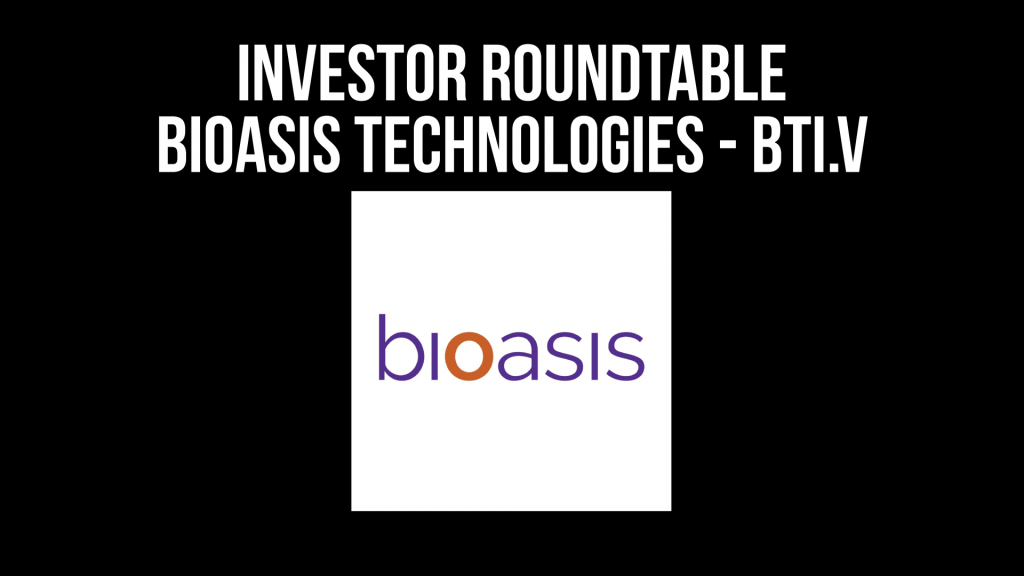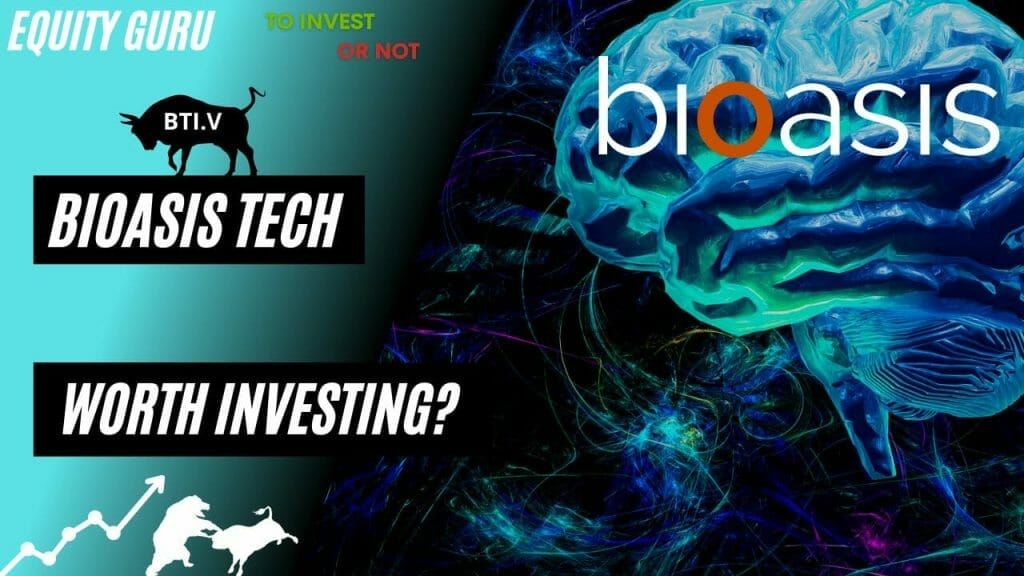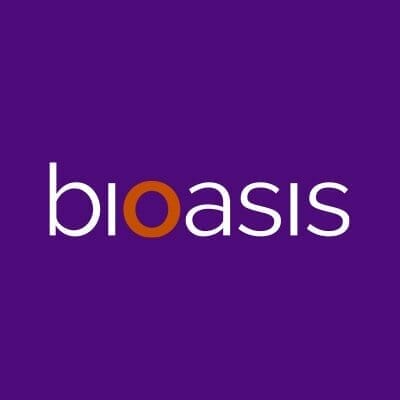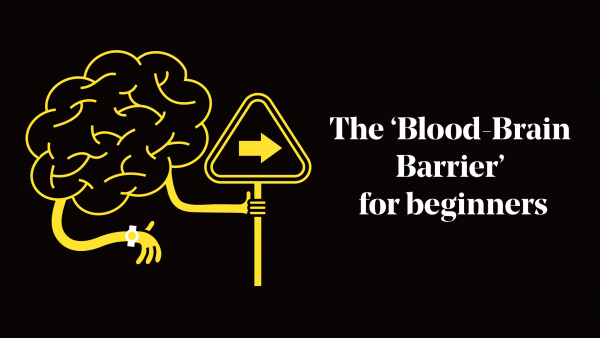The New York Times went viral (shocker) in 2015 with their article covering psychologist Arthur Aron’s study on 36 questions that lead to love.
#6 is the following: “If you were able to live to the age of 90 and retain either the mind or body of a 30-year-old for the last 60 years of your life, which would you want?”
It’s a doozy of a question to follow up #5 (when did you last sing to yourself/to someone else”, and one that’s becoming strikingly relevant as DALYs (Disability-Adjusted Life Years) continue to increase.
With 1 in 6 people worldwide being affected by some kind of neurological disease, it’s a hard question to answer, not in the least because neurological disorders are so difficult to treat.
To a certain extent, we’re all able to preserve a level of body health as we age through healthy habits – and we’ve had centuries of research of physical supplements and assistive technologies. Modern medicine has only recently in history been able to delve into the intricacies of brain health.
“[T]he 2020s could see neuroscience make the same kind of enormous strides that oncology did during the 2010s”. – CEO of Roche Pharmaceuticals
Critically, what you need to know is the blood-brain barrier, a truly indispensable element to the health of our neurological systems. Ironically though, the very thing that keeps the brain separate and safe from all other blood-borne diseases? It’s also what has prevented neurological drugs from reaching the brain for maximum efficacy. Nearly 98% of small molecule drugs and nearly 100% of larger biological drugs like antibodies and enzymes, aren’t able to enter the brain on their own at a large enough concentration to take therapeutic effect.
Bioasis Technologies Inc. (TSXV:BTI) (OTCQB:BIOAF) is the Connecticut-based biopharma company developing the xB³ platform, looking to penetrate the blood-brain barrier (BBB) in order to deliver drug molecules that could treat brain cancers and other neurodegenerative diseases.
The xB³ Platform
Bioasis scientists have been working for over a decade to create this platform, helping transport large enough doses of medicine to have a therapeutic effect – through a process called receptor-mediated transcytosis.
Broken down into non-medical-school speak?
Transcytosis indicates the process in which molecules attach to surface receptors of the cells forming the blood-brain barrier. These cells’ receptors provide the molecules a place to pass through to the brain.
In other words, receptor-mediated transcytosis means that the passage into the brain is through specific areas on the barrier’s cells.
More critically, the xB³ platform has shown itself able to transport molecules of varying sizes and types through this process in preclinical studies.
This includes the kind of gene therapies used to treat a number of brain and other central nervous system (CNS) diseases and disorders.
Because it’s a transportation process, Bioasis’ platform has the potential to turn many currently non-brain-penetrating drugs into a multitude of new treatment options for neurological diseases.
Check out the company’s video:
This is a tremendous innovation achievement – so why aren’t more people talking about it?
As with all biotech companies, the proof of concept is what clinches it. Bioasis has been teasing the results of their studies for the past two months to the major anticipation of current and prospective investors.
Unfortunately, Bioasis has had similar issues to all other biotech companies – the companies assessing their studies are overwhelmed by work due to COVID’s impact and protocols limiting efficiency.
The obvious bright side is that it’s afforded us the opportunity to discover Bioasis before the markets grab on to their lab results.
The other bright side is that Bioasis says that preclinical data suggests that their lead drug xB³-001 is likely to perform outside the brain as well as the intravenous drug Herceptin that is already a leading treatment in chemotherapy regimens for patients with HER2+ breast cancer. According to Bluestar BioAdvisors (the company doing the well-awaited commercial assessment of xB³-001), even if xB³-001 were only used to treat HER2+ breast cancer and brain metastases, Bioasis’s drug could generate nearly $440M in annual worldwide revenue.
Furthermore, the xB³ platform outperforms all other BBB technologies: in independent testing against a leading competitor, xB³ delivered 2.6 to 6 times as much drug to the brain. With increased efficiency, there’s less potential for toxicity and side effects, and is ultimately a lower cost of treatment.
“One industry veteran said to me that if it wasn’t the best technology it was at least in the top two technologies for blood-brain barrier delivery. … I’m pleased to say that really it is the best-in-class technology for blood-brain barrier delivery.” – Deborah Rathjen, CEO, Bioasis Technologies
Despite that positive outlook, Bioasis hasn’t taken their laurels for granted. Rather than standing idle waiting for the assessment results to return, the management team has been busy prepping for the inevitable next steps in the development of their platform with other drugs.
The Market Moves
In March 2021, a study published in the “Frontiers in Molecular Biosciences” showed the utility of a xB³ peptide to deliver small interfering RNA (siRNA) that would reduce stroke damage in the brain and improve neurological function.
Also in March, Bioasis formed a research partnership with Aposense Limited, an Israeli biopharma company specialization in drug development using membrane electrical forces. This partnership is expected to focus on the delivery of siRNA through Bioasis’ xB³ platform.
Bioasis also continues to work on the milestones per the royalty purchase agreement with XOMA Corporation. Reported in November 2020 for an initial payment of USD $1.2M, the agreement allows XOMA to receive a low single-digit royalty on the future net sales of the four Chiesi Group-Bioasis enzymes being researched as treatments for different lysosomal storage disorders, and a portion of the up to USD$138M in potential milestones.
Today (that’s right, this is up to date), Bioasis can claim a publication validating their platform technology for CNS Therapeutics. The research conducted by Singh, et al., “Discovery of a Highly Conserved Peptide in the Iron Transporter Melanotransferrin that Traverses an Intact Blood Brain Barrier and Localized in Neural Cells,” was published in the Frontiers in Neuroscience yesterday, and shows that Bioasis’ proprietary xB³ platform can indeed cross an intact BBB, and enter intracellular organelles within the brain.
“[I]t is fascinating that upon entering the brain, the MTf peptide [the original name of the xB³ peptide] distributes into many cell types in the CNS including neurons, microglia and glia where it enters specific organelles, including endosomes and lysosomes.” – Dr. Wilfred A. Jefferies, Professor at University of British Columbia, project leader
What (Else) to Look Out For?
R&D milestones from the three preclinical programs – xB³-004, xB³-007 and xB³-progranulin – are expected to come out any day before end of Q2 2021. These studies are anticipated to be critical in continuing to drive high value technology-proving partnerships.
These three programs follow the same model as xB³-001 by focusing on rare genetic diseases with high unmet medical need, with the potential to benefit a larger patient population.
- xB³-004 targets pain, epilepsy, Multiple Sclerosis, autoimmunity diseases and Fabry disease.
- xB³-007 targets the treatment of Gaucher Disease, Parkinson’s and Lewy Body Dementia
- xB³-progranulin targets the treatment of Fronto Temporal Lobe Dementia, ALS and neuronal ceroid lipofusinosis
Unfortunately, there’s no one in any audience who can claim no knowledge of the debilitating impacts of any of the above specific diseases, let alone the broad categories of chronic pain. The silver lining is that companies like Bioasis are focussed on finding a way to help – and along the way, will have access to the tremendous market potential as it keeps developing proof-of-concept.
In fact, the company is so assured of these upcoming preclinical results that they have no intent to finance through further share offerings – they’re confident upcoming licensing and partnership deals will be more than sufficient.
At a mere USD$16M market cap, while signing deals with companies like Chiesi Group (2020 revenues of €2.23 billion and known as one of the top 50 pharmaceutical companies in the world), Bioasis sounds like a dark horse patiently and calculatingly waiting for its debut.
After all, similar companies are already at valuations in the billions. Denali Corp (NASDAQ:DNLI) is a frequent point of comparison and has a market cap of USD$7.73B (trading at USD$63.76 as of trading close June 2, 2021)
Other comparisons operating in the BBB (pre-)clinical treatment stages are:
- Lantern Pharma Inc (NASDAQ:LTRN), market cap of $163.58M, trading at USD$14.63 as of trading close June 2, 2021.
- VECT-HORUS, French biotech company privately held, in research collaborations with Johnson & Johnson, and having successfully raised over $29M
- Ossianix Inc, privately held, locked into early collaboration with Danish pharma firm H. Lundbeck (CPH:LUN) (market cap of ~USD$6B)
- Neuway Pharma, privately held German preclinical company, having raised €17.4M after only having generated an estimated annual revenue of USD$820,224 in 2019
In other words, Bioasis has a lot of upcoming catalysts just waiting for market reaction. As soon as supporting companies deal with the remainder of COVID-related backlog, Bioasis expects to hit their stride with their pipeline.
xB³-001 alone has the potential to become the standard of care for patients with HER2+ breast cancer prescribed with Herceptin. The HER2+ market has previously been projected by GlobalData to increase to a value of $12.7B in 2023 – a very close approximation to Bluestar BioAdvisors’ market sizing of $12.4B annually for all treatments of HER2+ breast cancer worldwide. At an estimated 30% share of this market, xB³-001 could provide annual revenue of $3.7B.
And that’s before their imminent preclinical results for xB³-004, xB³-007 and xB³-progranulin.
Bioasis trades on both the TSX Venture Exchange in Canada under the ticker symbol BTI, and on the OTCQB for the American stock market under ticker BIOAF.
We’re expecting Bioasis stock to maintain pace until then, after which it’s only a matter of time before the market reacts.
Full disclosure: Bioasis is an Equity.Guru marketing client







